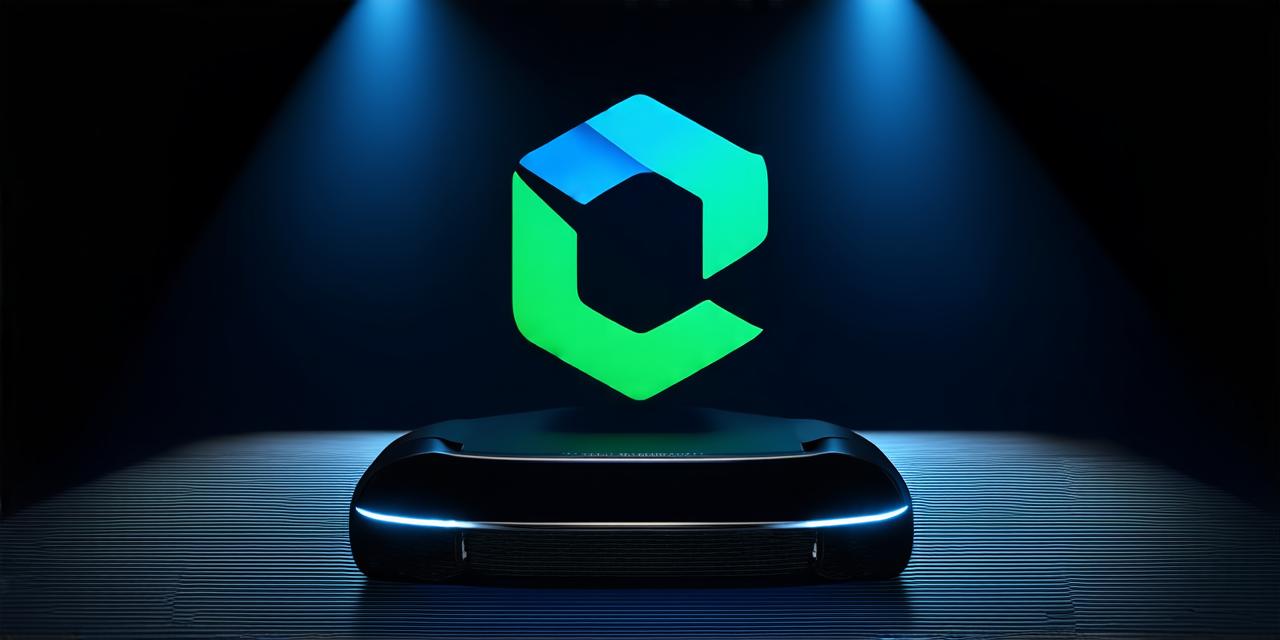What is Unity?
Unity is a cross-platform game engine that allows developers to create 2D, 3D, and augmented reality games and experiences. It was first released in 2005 and has since become one of the most popular game engines in the world. Unity supports multiple platforms including Windows, Mac, iOS, Android, and VR.
Setting up Unity for VR Development
Before you start creating your VR project, you need to set up Unity for VR development. Here are the steps you should follow:
- Install Unity
- Choose a VR Template
- 360° Video Player
- VR Simple App
- VR Template (2D)
- VR Template (3D)
- Set up VR Devices
- Configure VR Settings
- Create Your VR Scene
- Write VR Scripts
- Test Your VR Project
- A developer who failed to set up their VR device correctly ended up with a distorted image and could not interact with objects in the scene. They had to spend hours debugging their code before they were able to fix the issue.
- Another developer who did not configure the VR settings properly ended up with a low-resolution image and a choppy refresh rate. They had to go back and adjust the settings before they were able to create a smooth and immersive VR experience.
To get started with Unity, you need to install it on your computer. You can download the latest version of Unity from the official website. Once you have installed Unity, open it and create a new project.
Unity provides several templates that are specifically designed for VR development. These templates include everything you need to get started with your project including assets, scripts, and settings. You can choose from the following templates:
To develop for VR, you need to have a VR device. There are several VR devices available in the market including Oculus Rift, HTC Vive, and PlayStation VR. Once you have your VR device, connect it to your computer and make sure that Unity recognizes it. You can check if Unity recognizes your VR device by going to Edit > Project Settings > Input > VR Devices.
After setting up your VR device, you need to configure the VR settings in Unity. Go to Edit > Project Settings > Input and select your VR device from the dropdown menu. You can then set the resolution, refresh rate, and other settings for your VR device.
Now that you have set up your VR project, it’s time to create your VR scene. You can start by creating a new scene in Unity or import an existing scene. Once you have your scene, you can add VR components to it including cameras, controllers, and other objects.
Writing scripts is an essential part of VR development. You can use C or JavaScript to write scripts for your VR project. There are several script templates available in Unity that you can use as a starting point. These templates include everything you need to create basic VR functionality such as movement, interaction, and tracking.
Once you have created your VR scene and written your scripts, it’s time to test your project. You can use the Unity Editor to preview your project in real-time or build a standalone executable that you can run on your VR device. You can also use debugging tools to identify and fix any issues in your code.
Case Studies and Personal Experiences
Here are some case studies and personal experiences that illustrate the importance of properly setting up Unity for VR development:
